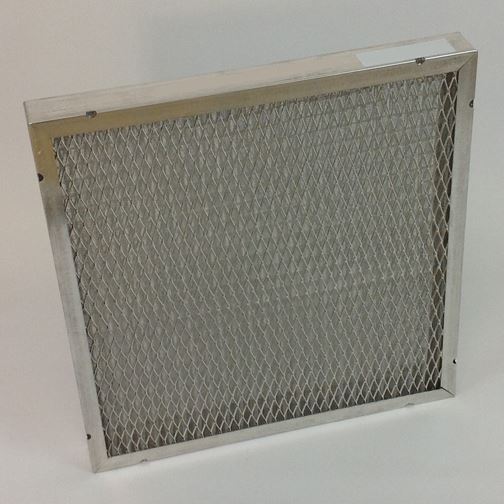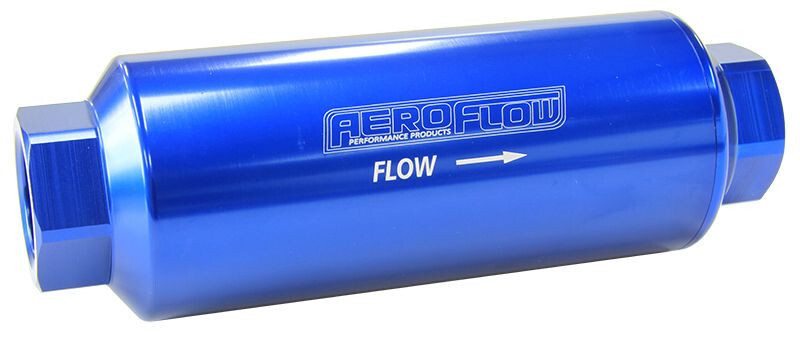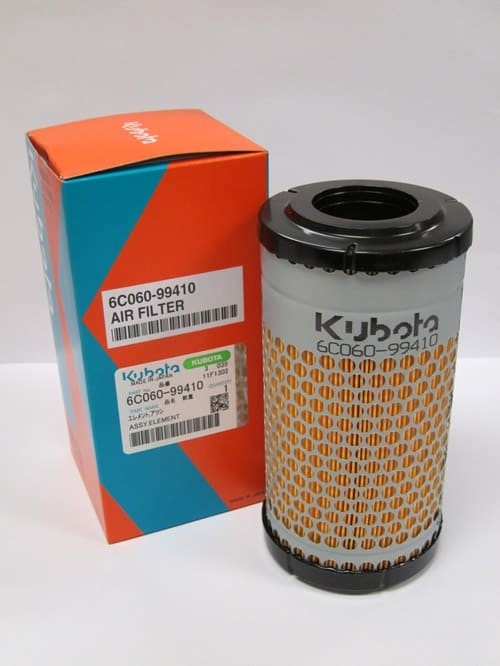

When ductwork is installed in a home, each duct run is supposed to bring a particular amount of air to each space of your home. Learn more about the four main types of air filters and which is best for your home. What is the best air filter for your home? One that removes the most airborne pollutants but enables your HVAC system to do its job without strain. This leads to higher energy bills and could damage your furnace if it overheats. However, they can work so well sometimes that they cause your HVAC system to be less efficient because they block too much airflow.


MERV ratings might lead you to believe that high efficiency air filters are the way to go. Simply put, the higher the MERV rating on an air filter, the fewer dust particles and contaminants that can pass through it and vice versa. Ratings range from 1 (the lowest filtration possible) to 20 (the highest filtration possible). You can check your air filter’s effectiveness by reviewing its Minimum Efficiency Reporting Value (MERV) rating. When an air filter is too efficient, it can cause low airflow. Depending on the type of air filter you use and how much your system runs, it is best to clean or replace it every 30-90 days. It is also harder to remove pollutants from your home’s indoor air (contaminants like dust mites, mold, pet dander, dead skin, allergens, viruses and more). Not only does it restrict airflow, but it causes your entire HVAC system to work harder, not as efficiently as possible. If you have an air filter that’s dirty, it can cause low airflow. Do you have issues with low airflow in your home? There are many possible reasons why this might be happening, and here are five common causes for low airflow and what you can do to fix them.


 0 kommentar(er)
0 kommentar(er)
